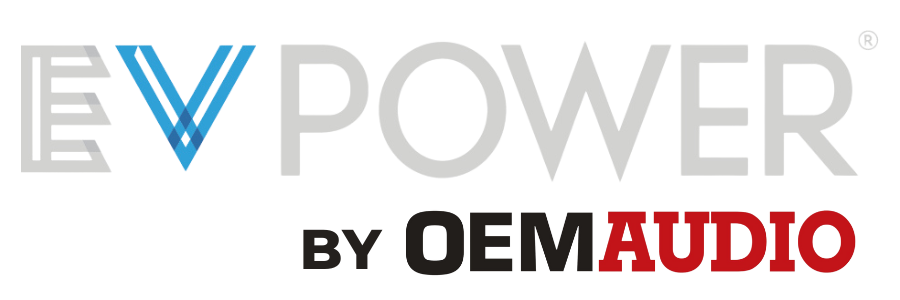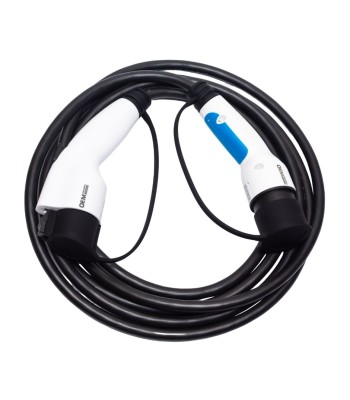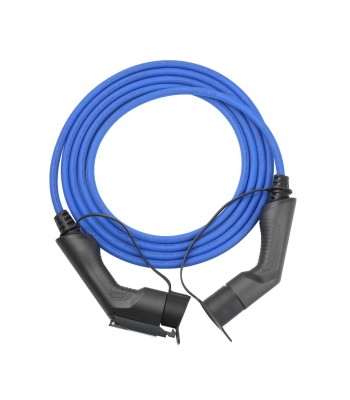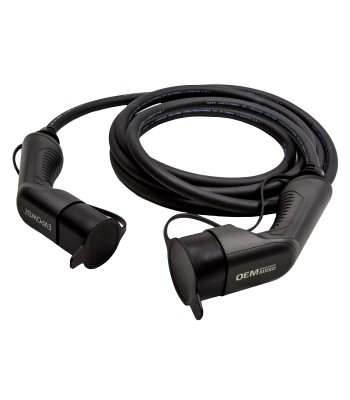WELCOME
Are you planning on buying an EV or maybe it's time to plan that trip? Then this is the information page for you.
Trust the Experts
OEM Audio Ltd have been on a journey with EV drivers and dealers since their brand 'EV Power' was launched in 2016. We understand that there can be confusion and stress around making that change to an EV. Whether you drive an EV/PHEV for work or need a family-friendly SUV access to information is key to reducing the uncertainty that may come with changing to an EV.
If you prefer to watch videos head to our YouTube channel, or follow us on Facebook.
And if you want to speak to a human call us, we don't want you waiting so we have 6 phone lines. Our staff are knowledgeable, it comes from hanging around Paul for so long. BTW Paul started out with a 30kW Leaf moved to an MG ZS and now owns a Kia EV6. So, in a nutshell, we drive EVs and will understand you and be able to answer your questions.
The public charging network in New Zealand
consists of both AC (Alternating Current) and DC (Direct Current) charging stations
When it comes to electric vehicles, the converter is built inside the car. It's called the "onboard charger" though it really is a converter. It converts power from AC to DC and then feeds it into the car's battery. This is the most common charging method for electric vehicles today and most chargers use AC power.
Unlike AC chargers, a DC charger has the converter inside the charger itself. That means it can feed power directly to the car's battery and doesn't need the onboard charger to convert it. DC chargers are bigger, faster, and an exciting breakthrough when it comes to EVs.
- Some plug-in hybrids, such as the Audi A3, only have AC inlets.
- Some vehicles have a combination inlet, such as the BMWi3, where the AC inlet is combined with DC pins, so the type of charge is dependent on the type of connector.
- Tesla can access super-fast charging via commercial Tesla-branded charging stations. These have tethered cables which fit a Telsa charging port.
AC = alternating current, meaning, that the current moves in a waveform in a positive and negative direction. AC is typical for the powerlines and typically used in houses.
AC Charging means using an onboard charger, that is, an AC/DC converter onboard the electric car.
It is recommended by the NZTA that AC charging stations provide a Type 2 socket; the driver will be expected to provide their own supply cable that is compatible with their vehicle inlet.
Type 1 EVs can use AC commercial public charging stations so it’s a great idea to carry a Type 2 to Type 1 lead. Make sure that your rental comes with one for your holiday.
Two different AC power supply systems: Single Phase and 3-Phase.
In a single-phase connection, the flow of electricity is through a single conductor. A three-phase connection, on the other hand, consists of three separate conductors that are needed for transmitting electricity. In a single-phase power supply system, the voltage may reach up to 230 Volts.
Single Phase
- Most domestic supply from the grid to a household is 63 Amps per phase
- Most domestic houses have 63 Amps
- 2 wires two wires called Phase and neutral.
3 Phase
- Supply from the grid is 63 Amps per phase.
- Three phase x 63 Amps = more power available at the address
- Businesses and high demand households may have three phase to ensure that appliances can draw the required quantity of Amps to function.
- generators
- industrial cleaning equipment
- motorised equipment
- heating and cooling
- stoves and cooking equipment
- 3 wires (four wires if neutral wire is included)
If you aren’t sure, there are ways to check which phase you have:
- Check your fuse box and look for a black rectangular fuse — single phase has one and three phase has (you guessed it) three.
- Single phase units generally have one main switch while three phase have three.
DC = direct current, meaning that the current only moves in one direction. DC current is used for power transmission over great distances because it leads to less inductive losses.
DC Charging indicates using an offboard charger, that is, a charger located at the charging station, and not in the vehicle.
DC stations in New Zealand have a tethered charging cable. The NZTA recommends that DC charging stations provide tethered cables with both the CHAdeMo DC and DC CCS Type 2 (a sort of multi fit port) connector type.
You won't be able to get a fast charge at a DC public charging station if your car doesn't have the matching DC charging port/inlet.
You select the compatible supply cable and connector from the charging station and connects this to the electric vehicle inlet. The driver may then need to activate the power supply by using a start button on the charging station, radio-frequency identification (RFID) tag, swipe card, smart phone app or other device. Charging will start once access has been accepted and communication between the vehicle and the charger is established.
.jpg)
This BYD Atto has a Type 2 Combo CCS inlet. Some DC Charging Stations in NZ will have a tethered cable with a a Type 2 CDombo CCS plug on it allowing you to fast charge. Otherwise just use the Type 2 bit and charge at an AC station using a Type 2 Cable.
Does DC charge faster than AC?
Yes DC power is much faster than an AC charging station as there is less resistance for the current of electricity. However, the disadvantage of DC is that it is much more expensive to install than an AC charging station.
The rate a DC public charger will charger your car depends on the capacity of your onboard charger.
Factors affesting the rate of charge
The amount of time needed to completely charge an electric vehicle depends on several factors, including:
- battery capacity;
- ambient temperature;
- utility/ grid constraints limiting the current available to the charging station;
- temperature of the charging station;
- charging type;
- the vehicle’s battery management system (BMS);
- the capability of the on-board charger; and
- the amperage of the charging station.
The amount of charge already in the battery also affects the speed at which a battery can recharge – the closer it is to empty, the faster the electricity can flow.
When a battery is charged to 80 percent the charging rate typically starts to taper off. Therefore, if a driver is paying by the minute at a fast charge station, it can become costly to charge over 80 percent and they may not wish to completely fill up.
Can I get DC 'fast' charging at home?
The short answer is no. A DC fast charger is designed for industrial and commercial settings. This is mostly due to the power requirements and expenses associated with a Level 3 charger.
The choice is yours:
AC public chargers will charge your Type 1 EV at the same speed you might get at home. Nissan Leafs, for example can only charge at 3.6kWh when using an AC supply. You'll need a Type 2 to Type 1 Lead. You'll get about 20 km of range per hour of charging.
DC public chargers are fast, and you may have to pay.
A Nissan Leaf can only do "faster charges" on DC using the CHAdeMO connector type. When you arrive at a DC Public Charging Station the tethered cable supplied will have a CHAdeMO handle which connects to your car.
CHAdeMO = The Japanese use this plug type for their fast charging network so Japanese imported EV's come with this charging port as well. For example Nissan e-NV200, 2017 Mitsubishi Outlander, Nissan Leaf (Type 1).

CHAdeMO port (Left) Type 1 port (Right)
Drivers of a Type 2 EV can charge at AC or DC public charging stations. AC Charging is slower than DC but when travelling you may need to use an AC public charging station, or it could simply be your preference.
Most AC Chargers available on the public network will have a Type 2 plug and you'll need to supply your own Type 2 to Type 2 lead.
Some motels and smaller businesses offer charging via a domestic or industrial wall charger. These will be tethered or untethered so ring in advance to ask or use an EV network information app like PlugShare to learn what's on offer for your Type 2.
Teslas can charge at Tesla-only DC charging stations (using a tethered cable with Tesla-specific plug), DC stations offering a Type 2 tethered charging cable or at AC charging stations with a type 2 plug.
Make sure you keep a Type 2 to Type 2 charging lead in the car so that you have as many options as possible for achieving a charge. Accessing a fast or super-charge will become easier over time but currently these charging stations aren't as widely available.

Tesla plug / Type 2 plug
Charge your Type 1 EV
Charge your Type 2 / Tesla
Planning your Journey
When planning your holiday, it’s handy to have access to up-to-date info.
- Is the charging station available for use at the moment?
- If I drive all that way will it be closed due to a fault?
- Is there any cost ?– e.g. It may be free but restricted to BUSINESS customers eg. Ideal Electrical Hastings updated there information and wrote "Only for our customers. From 14th September customers require a ChargeNet account to access our Chargers."
- How do I find the charging station exactly? For example: Two car parks outside The Warehouse. Car park time limits apply. Bring your cable; charger accepts type 2 plugs. Terms and condition of use available at www.thewarehouse.co.nz.”
- Description of phase. For example at Golden Bay i-Site Visitor Centre the 50kW DC, up to 43kW AC, and fees administered by ChargeNet
- Quantity of sockets eg. Pukaha National Wildlife Centre “Two 7kW AC Type 2 socketed charging stations. Ensure you disconnect YOUR Type 2 charging cable from the vehicle side first, charging station side locks during charging for your safety. Download Zero app, www.zerocharging.co.nz, to use these chargers.”
EV Charging Network Apps
A handy app such as Plugshare provides you with lots of useful information. The chargers shown may include those available with restrictions, such as for paying guests only.
The ChargeNet app shows only that network as does Zero (moving towards for Meridian customers only).
A Better Route Planner is another option.
Make sure that you are carrying the right charging cable with you!
HOW DO I CHARGE AT PUBLIC CHARGING STATIONS?
Public charging stations can come with a cable provided (tethered) or you have to supply your own lead. An EV Power charging lead has a Type 2 connection at one end and a plug for your car's charging port at the other. You will then be able to connect your car to a power source commonly found at supermarkets and other parking areas.
Before you order you need to identify if your car is a Type 1 or Type 2 EV/PHEV.

-350x400.jpg)
-350x400.jpg)




-350x400.jpg)